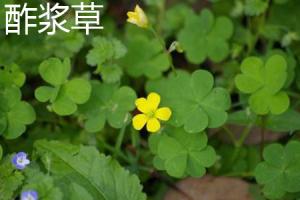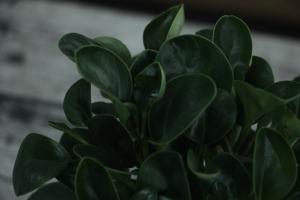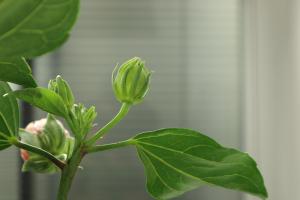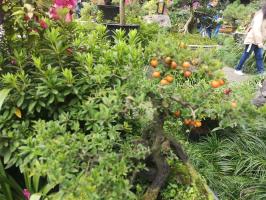1、 Breeding method
1. Selection of flowerpots
It is generally recommended to use ceramic pots for cultivating Damo Fu Niang, because the water absorption of ceramic pots is very good. Even if you accidentally water too much, you don't worry too much, which greatly alleviates the side effects of watering too much on Damo Fu Niang

2. Soil requirements
For Dharma Fu Niang, the culture soil sold in the market is not very suitable for it, so it is generally recommended to prepare the soil by yourself. The soil can be used after the rotten leaf soil, peat and sawdust are mixed evenly, which can ensure porosity, air permeability and good drainage
3. Watering
Water is indispensable for plants. Of course, Damo Fu Niang is no exception. It must be watered appropriately in the breeding process. Generally, it is better to choose the watering time in the early morning in summer, before noon in winter, and in spring and autumn in the morning or at night. When watering, pay attention not to water directly from the top down, otherwise, the whole will be very ugly. Watering must be sufficient, but there must be no ponding, otherwise the root will rot and die

4. Air humidity
During the growth period of Dharma Fu Niang, it is necessary to maintain a certain air humidity. The dry environment may cause its leaves to turn yellow
5. Temperature requirements
Dharma blessing Niang grows best when the temperature is 15 ° C to 25 ° C. in winter, it should also be noted that the temperature should not be lower than 5 ° C and ensure good air circulation
6. Fertilization requirements
During the growth period of dharmafuni, fertilizer must be applied to supplement nutrition. The time of fertilization can be selected in a sunny morning, with a frequency of about 20 days, and pay attention not to spray fertilizer on the leaves

2、 Precautions
Dharma Fu Niang itself is composed of water, so she can survive even if she doesn't water much, but if she waters too much, it will rot and even die. Be sure to pay attention to each watering, and determine the amount of water according to the actual state

 jackfruit
jackfruit snake plant
snake plant hibiscus
hibiscus hydrangea
hydrangea lavender
lavender Green roses climb al...
Green roses climb al... If you don't pay att...
If you don't pay att... Management of four g...
Management of four g...



































